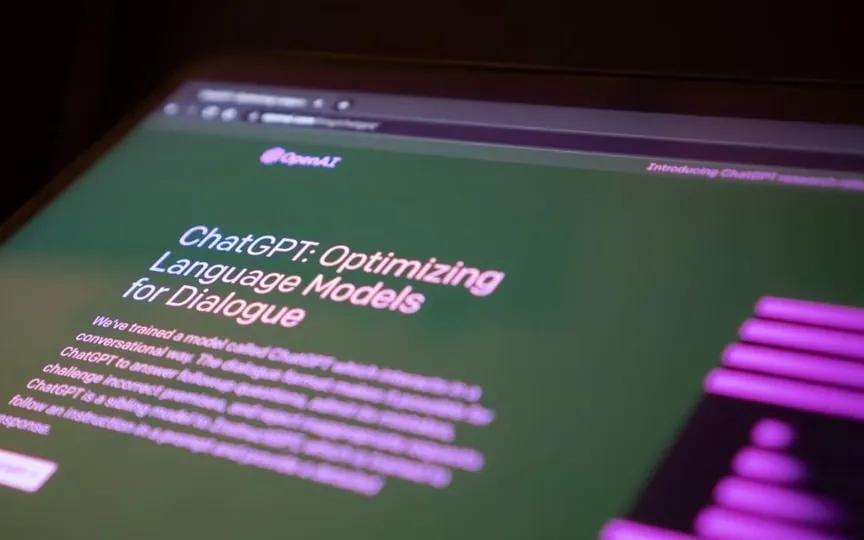Creating AI Programs with TensorFlow: A Guide
For the past few years, Google has been making significant investments in artificial intelligence (AI). Although it unveiled numerous AI products during the Google I/O 2023 event, the company has been engaged in AI research and development for more than ten years. Google AI encompasses various initiatives, including Google Brain, a team dedicated to deep learning AI research established in 2011. One of its most notable undertakings is TensorFlow, an open-source library that provides software engineers and data scientists with powerful tools.
What is TensorFlow?
TensorFlow is a free and open source library that provides data scientists and software engineers with a wide range of tools to help build, train, and work with deep learning models.
Tensorflow has streamlined the development and training process of machine learning models in several fields.
While TensorFlow streamlines the development process, it requires a learning curve with proper knowledge of machine learning concepts and techniques. Users must be familiar with loss functions, model types, epochs, and cross-entropy loss in order to take full advantage of it. Furthermore, training machine learning models is a painstaking task and requires huge amounts of labeled input data, making it a very detail-oriented process.
Why should you use TensorFlow?
TensorFlow is capable of creating advanced analytics applications and this is one of its strengths. The platform builds models using data flow diagrams and can also be used to develop large-scale neural networks. Thus, it can perform a wide range of tasks, from classification, detection and understanding to discovery, prediction and creation.
TensorFlow also includes audio and image recognition technology to handle real-world scenarios. Machine learning models use image recognition algorithms to identify and analyze objects in images.
What programming languages does TensorFlow support?
The core of TensorFlow is written in C++ and CUDA and supports a wide range of programming languages including JavaScript, Swift, C, Go, Java, Haskell, C# and Python. This gives developers multiple options to choose from and they can choose the programming language they are comfortable with.




